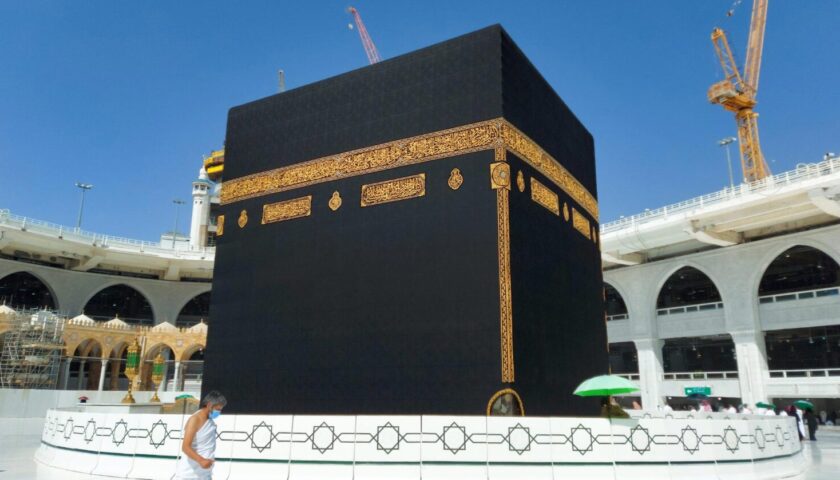Nestled on the historic peninsula of Istanbul, overlooking the shimmering waters of the Bosphorus, the Topkapi Palace stands as a majestic symbol of the grandeur and opulence of the Ottoman Empire. This sprawling complex, once the residence of sultans and their courts, is now a UNESCO World Heritage Site and a museum that offers visitors a glimpse into the rich history and culture of Turkey.
Historical Background
The Topkapi Palace, originally known as the New Palace (Yeni Saray), was constructed in the 15th century by Sultan Mehmed II, also known as Mehmed the Conqueror, shortly after the Ottoman conquest of Constantinople in 1453. Over the centuries, the palace was expanded and renovated by successive sultans, each adding their own architectural and decorative touches.
For over four centuries, the Topkapi Palace served as the political and administrative center of the Ottoman Empire, as well as the primary residence of the sultan and his family. It was here that the sultans held court, received foreign dignitaries, and conducted the affairs of state.
Architectural Splendor
The Topkapi Palace is a masterpiece of Ottoman architecture, blending elements of Islamic, Byzantine, and European styles. The sprawling complex is composed of a series of courtyards, pavilions, and gardens, each reflecting the tastes and influences of the era in which it was built.
Outer Courtyards
Visitors enter the palace through the Imperial Gate (Bab-i Humayun) and pass through a series of outer courtyards before reaching the inner sanctum. These courtyards, adorned with fountains, trees, and marble pavements, create a sense of grandeur and tranquility.
Inner Courtyards
At the heart of the palace lies the Second Courtyard, the largest and most important of the inner courtyards. Here, visitors will find the audience chambers, the treasury, and the imperial kitchens. The architecture of this courtyard is characterized by its domed pavilions, intricate tilework, and ornate marble facades.
Harem
One of the most intriguing sections of the palace is the Harem, where the sultan’s family and concubines resided. This labyrinthine complex of rooms and corridors is adorned with exquisite tilework, intricate woodcarvings, and stained glass windows. Guided tours provide insight into the daily lives of the residents and the inner workings of the Ottoman court.
Cultural Significance
The Topkapi Palace is not only a symbol of Ottoman power and prestige but also a repository of Turkey’s rich cultural heritage. As a museum, it houses a vast collection of artifacts, including imperial regalia, religious relics, and works of art from various periods of Ottoman history.
Imperial Treasury
One of the highlights of the Topkapi Palace is the Imperial Treasury, where visitors can marvel at priceless treasures such as the Spoonmaker’s Diamond, the Topkapi Dagger, and the famous Emerald Dagger. These artifacts, adorned with diamonds, emeralds, rubies, and pearls, offer a glimpse into the wealth and splendor of the Ottoman Empire.
Sacred Relics
The palace also houses a collection of sacred relics, including the Prophet Muhammad’s cloak, sword, and footprint, as well as the staff of Moses and the turban of Joseph. These relics hold immense religious significance for Muslims and are revered by visitors from around the world.
Visitor Experience
Visiting the Topkapi Palace is a journey back in time to the heyday of the Ottoman Empire. From the grandeur of the courtyards to the intimacy of the harem, every corner of the palace offers a window into the opulent lifestyle of the sultans and their subjects.
Practical Information
- Opening Hours: The Topkapi Palace is open to visitors daily, except Tuesdays, with varying hours for different sections of the complex. It is advisable to check the official website for the latest information before planning your visit.
- Tickets: Tickets can be purchased at the entrance to the palace complex or online. There are separate fees for general admission and access to special exhibits such as the Harem and the Imperial Treasury.
- Guided Tours: Guided tours are available in multiple languages and provide valuable insights into the history, architecture, and culture of the Topkapi Palace. Audio guides are also available for self-guided tours.
Conclusion
The Topkapi Palace stands as a testament to the splendor and majesty of the Ottoman Empire, a reminder of Istanbul’s rich and vibrant history. From its lavish architecture to its priceless treasures, the palace offers a fascinating glimpse into the lives of the sultans and the legacy they left behind. Whether you’re a history buff, an art enthusiast, or simply a curious traveler, a visit to the Topkapi Palace promises an unforgettable experience that will leave you with a deeper appreciation for Turkey’s cultural heritage.



